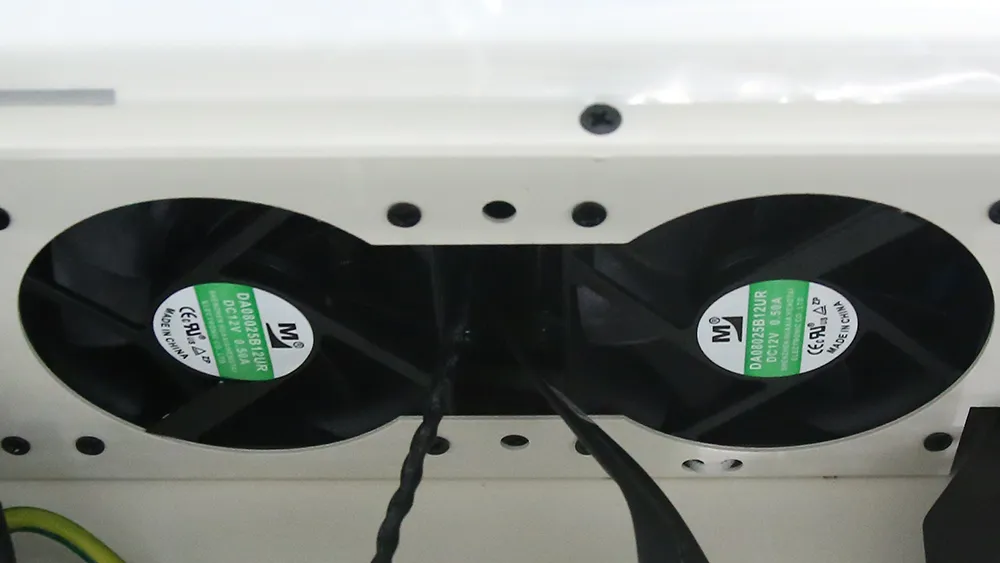Understanding Inverter Cooling Methods: A Comprehensive Guide
Inverters are essential components in modern power systems, converting DC power to AC power for various applications, from solar energy systems to industrial machinery. However, inverters generate significant heat during operation, which can affect performance, efficiency, and lifespan if not managed properly. This article explores the various inverter cooling methods used to maintain optimal operating temperatures and ensure reliability.
Why Cooling Is Critical for Inverters
Heat is a natural byproduct of the energy conversion process in inverters. Excessive heat can lead to component degradation, reduced efficiency, and even system failure. Effective inverter cooling methods are crucial to dissipate this heat, ensuring stable performance and prolonging the inverter’s operational life. Without proper cooling, inverters may overheat, triggering safety shutdowns or causing permanent damage.
Passive Cooling Methods
Passive cooling relies on natural heat dissipation without the use of moving parts or external energy. This method is often used in smaller or low-power inverters where heat generation is minimal.
Heat Sinks
Heat sinks are among the most common inverter cooling methods. Made from materials with high thermal conductivity, such as aluminum or copper, heat sinks absorb and disperse heat into the surrounding air. Their design, including fins and surface area, maximizes heat dissipation through convection.
Natural Convection
In natural convection cooling, heat is transferred from the inverter components to the air, which then rises and is replaced by cooler air. This method is simple, cost-effective, and maintenance-free but is less effective for high-power inverters or in environments with limited airflow.
Active Cooling Methods
Active cooling methods use external energy, such as fans or pumps, to enhance heat dissipation. These are ideal for high-power inverters or applications where passive cooling is insufficient.
Forced Air Cooling
Forced air cooling involves using fans to blow air over heat-generating components. This method significantly improves heat transfer rates compared to natural convection. It is widely used in industrial and renewable energy inverters due to its efficiency and scalability.
Liquid Cooling
Liquid cooling is one of the most effective inverter cooling methods for high-density power applications. A coolant, such as water or a specialized fluid, circulates through channels or cold plates attached to the inverter components, absorbing heat and transferring it to a radiator for dissipation. This method offers superior thermal management but is more complex and costly.
Hybrid Cooling Systems
Hybrid cooling systems combine passive and active methods to optimize performance and energy efficiency. For example, an inverter may use a heat sink for baseline cooling and activate fans only when temperatures exceed a certain threshold. This approach balances effectiveness with energy consumption, making it suitable for a wide range of applications.
Factors to Consider When Choosing a Cooling Method
Selecting the right inverter cooling method depends on several factors:
- Power Rating: High-power inverters typically require active or liquid cooling.
- Environment: Ambient temperature, humidity, and dust levels can influence cooling efficiency.
- Space Constraints: Compact designs may favor liquid cooling or advanced heat sinks.
- Cost and Maintenance: Passive methods are cheaper and require less upkeep, while active systems offer better performance at a higher cost.
Conclusion
Effective heat management is vital for the performance and durability of inverters. Whether through passive, active, or hybrid inverter cooling methods, selecting the right approach ensures optimal operation and longevity. By understanding the options available, users can make informed decisions based on their specific needs, environment, and budget. Proper cooling not only enhances efficiency but also safeguards your investment in power conversion technology.
Table of Contents
